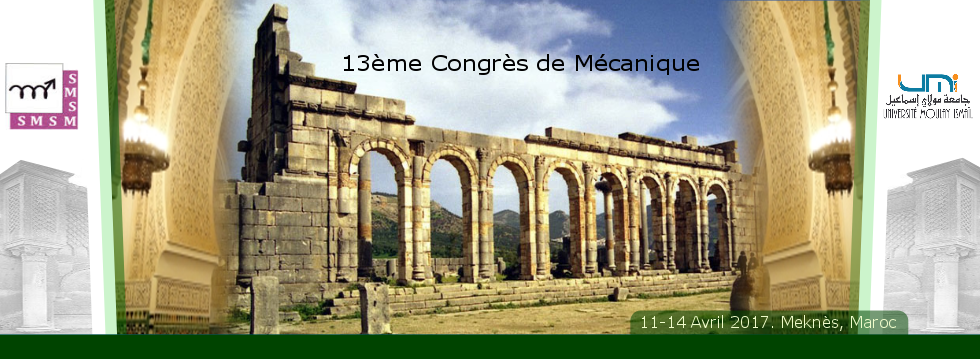The aim of this work is to develop a dislocation density based model for IF and DP steels that incorporates details of the microstructure evolution at the grain-size scale. The model takes into account (i) the contribution of the chemical composition for the prediction of the initial yield stress, (ii) the description of initial texture anisotropy by incorporating grain-size dependent anisotropy coefficients in Hill'48 yield criterion, (iii) the contribution of three dislocation density “families” that are associated with forward, reverse and latent structures. It reproduces the macroscopic transient behaviors observed when strain-path changes occur. The model is implemented in FE code in order to assess its predictive capabilities in case of industrial applications.

Consultation > Par auteur > Bouvier SalimeMODELLING THE EFFECT OF MICROSTRUCTURE EVOLUTION ON THE MACROSCOPIC BEHAVIOR OF SINGLE PHASE AND DUAL PHASE STEELS. APPLICATION TO SHEET FORMING PROCESS
1 : Bouvier Salima
-
Site web
Université de Technologie de Compiègne
Centre de recherche de Royallieu Rue Personne de Roberval CS 60319 60203 Compiegne cedex France -
France
2 : Carvalho-Resende Tales
(UTC)
-
Site web
Université de Technologie de Compiègne
Centre de Recherche de Royallieu CS 60319 60203 Compiegne cedex France -
France
3 : Balan Tudor
(ENSAM)
-
Site web
Université de Technologie de Compiègne
LEM3, 4 rue A. Fresnel, 57078 Metz Cedex 03, France -
France
4 : Abed-Meraim Farid
(ENSAM)
-
Site web
* : Auteur correspondant
Université de Technologie de Compiègne
LEM3, 4 rue A. Fresnel, 57078 Metz Cedex 03, France -
France
|


